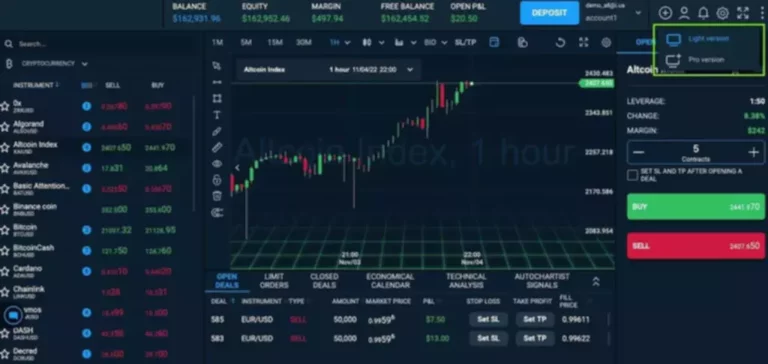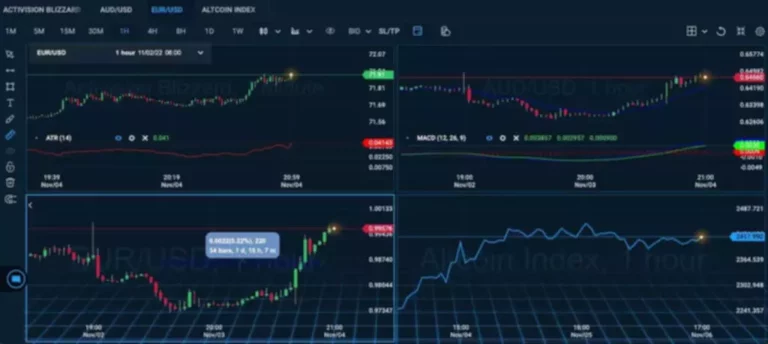The aim of the Hashverse is to make buying and selling and governance fun, empowering, and inclusive throughout web3 communities, with open participation and the opportunity to earn real rewards. Learn the means to implement a token burn technique to enhance scarcity, manage supply, and build community belief in your cryptocurrency project. Incorporating DEX volume data into tokenomics models helps groups fine-tune mechanisms for higher market alignment.

What’s Decentralized Change Volume?

For anybody designing tokenomics, understanding the relationship between trading volume and liquidity is essential. It’s the foundation for crafting reward buildings that promote sustainable and balanced market dynamics. Most DEXs allocate a portion of trading fees to LP token holders, creating a robust incentive for participation. Technological developments in blockchain are crucial for enhancing the effectivity and scalability of DEXs. Layer 2 scaling solutions like Optimistic Rollups and zk-Rollups are being built-in into DEXs to extend transaction throughput and cut back prices by processing transactions off-chain.
They also can compare swimming pools throughout platforms like Uniswap, SushiSwap, and PancakeSwap, and arrange alerts to react shortly to market shifts. These actionable insights lay the groundwork for creating effective tokenomics models. When you provide liquidity, you deposit equal values of two tokens – say $1,000 in ETH and $1,000 in USDC. In trade, you obtain liquidity supplier (LP) tokens, which characterize your share of the pool.
Liquidity is the lifeblood of any buying and selling platform, and its importance in DEXs can’t be overstated. Excessive liquidity ensures that merchants can execute giant orders with minimal impact in the marketplace price. With the expansion of Web3 and the rising popularity of cryptocurrency adoption, DEX quantity is predicted to grow even further within the near future. To totally https://www.xcritical.com/ have interaction in this exciting future and securely commerce the huge variety of DEX tokens out there, use a reliable wallet. Bitget Pockets supplies a whole resolution for managing your digital property, making ready you to handle the ever-changing world of Web3. DEXs constructed on strong blockchain networks can scale effectively to accommodate growing user bases and transaction volumes, ensuring sustainable growth.
Trading Quantity Reflects Market Demand
This peer-to-peer buying and selling model not solely enhances security but additionally embodies the principles of transparency and inclusivity that decentralized finance (DeFi) stands for. Decentralized Exchange Volume, in its superior conceptualization, is not merely a numerical combination of trades. At its core, Decentralized Change Quantity displays the verifiable, on-chain manifestation of financial exercise inside decentralized monetary markets. It is the quantified output of good contract Which Means ∞ A smart contract is a self-executing settlement written in code and deployed on a blockchain network. Execution representing the exchange of digital property, ruled by pre-defined, immutable rules, and secured by the underlying blockchain’s consensus mechanism. Liquidity on decentralized exchanges (DEXs) is a dynamic aspect that can be influenced by a quantity of key elements.
Future developments like multi-signature wallets and zero-knowledge proofs are anticipated to bolster the security of DEXs, making them more engaging to security-conscious merchants. Understanding these distinctions is crucial when evaluating and interpreting volume knowledge from DEXs and CEXs. While CEX volume has traditionally dominated the crypto buying and selling landscape, the expansion Peer-to-peer of Decentralized Trade Volume signifies the increasing importance and adoption of decentralized trading paradigms. Liquidity, in simple phrases, refers to how easily an asset could be purchased or offered without affecting its price. In the context of DEXs, liquidity determines how clean and fast transactions can be executed.
These pools enable the DEX to match consumers and sellers effectively without relying on a traditional order guide. DEX liquidity refers to the availability of belongings for buying and selling on a decentralized trade. It is the measure of how much of an asset is out there to be purchased or offered at a given price. Liquidity is a critical consider determining the effectivity of a DEX, because it impacts the benefit with which merchants can execute transactions. Liquidity Mining is a strategic approach that DEX can use to reinforce trading quantity and liquidity.
Nonetheless, one key side that considerably affects the effectivity and usability of those platforms is liquidity. The access to a various vary of tokens is another key benefit of decentralized exchanges. In Distinction To centralized platforms, DEXs don’t require token vetting, leading to a broader array of belongings out there for trading. This numerous market entry, combined with the substantial trading quantity on DEXs, makes them a beautiful option for merchants looking for both liquidity and selection.
Aptos is experiencing significant development in Whole Value Locked (TVL), reaching $1 billion. While this determine is still under its all-time high Volume on a DEX of $1.3 billion, the upward trend indicates a thriving ecosystem. Stablecoin liquidity on Aptos is nearing all-time highs, with a supply of $1.32 billion.
- By leveraging smart contracts, AMMs repeatedly steadiness liquidity and pricing, making a seamless and environment friendly trading process for customers.
- After an airdrop of 400 UNI tokens to early users and the introduction of a governance model, neighborhood engagement surged, serving to UNI attain a market cap of $7.33 billion.
- In AMMs, arbitrageurs constantly monitor worth discrepancies between DEXs and different exchanges (both DEXs and CEXs).
- Liquidity pools are sensible contracts that hold token pairs, allowing customers to commerce immediately without counting on traditional order books.
- Regardless Of these challenges, their contribution to the web3 ecosystem is undeniable, offering a dependable and safe various for cryptocurrency trading.
Teams that carefully monitor buying and selling metrics can fine-tune liquidity management, improve token utility, and plan for long-term growth. For instance, Uniswap regularly processes billions of dollars in trades, while SushiSwap and PancakeSwap see volumes ranging from lots of of millions to over $1 billion on busy days. Curve Finance additionally handles hundreds of tens of millions to more than $1 billion in every day buying and selling volume. Deeper liquidity not solely minimizes slippage but in addition boosts trading effectivity and rewards for liquidity providers. Smart contract vulnerabilities and bugs can pose significant threats and potential losses.
Metrics like Share of Trade Volume (SOTV), when paired with market capitalization, can reveal how different tokenomics designs are valued by the market. A decentralized synthetic asset issuance protocol with a built-in DEX for buying and selling artificial assets. A cross-chain DEX that allows the exchange of native belongings throughout totally different blockchains. The market capitalization of a DEX’s native tokens often reflects its reputation and success. These tokens serve quite a lot of objectives, starting from governance to encouraging liquidity provision.
Developing a decentralized exchange (DEX) represents a significant opportunity within the evolving landscape of cryptocurrency trading. As outlined, the journey to making a successful DEX entails meticulous planning, strategic decision-making, and funding in key areas corresponding to expertise, security, and consumer expertise. Solana (SOL) has made a major stride within the decentralized finance (DeFi) panorama, surpassing Ethereum because the leading blockchain for DEX trading quantity in July. This achievement highlights Solana’s growing dominance within the sector, fueled by its superior velocity, low transaction fees, and scalability. The Curve Wars refer to the extraordinary competitors amongst DeFi protocols to build up and control voting power inside the Curve Finance ecosystem. Curve Finance is a DEX on the Ethereum blockchain, specializing in stablecoin swaps with minimal slippage as a outcome of its deep liquidity pools 404142.
Partner links from our advertiser:
- Real-time DEX charts on mobile & desktop — https://sites.google.com/walletcryptoextension.com/dexscreener-official-site-app/ — official app hub.
- All official installers for DEX Screener — https://sites.google.com/mywalletcryptous.com/dexscreener-apps-official/ — downloads for every device.
- Live markets, pairs, and alerts — https://sites.google.com/mywalletcryptous.com/dexscreener-official-site/ — DEX Screener’s main portal.
- Solana wallet with staking & NFTs — https://sites.google.com/mywalletcryptous.com/solflare-wallet/ — Solflare overview and setup.
- Cosmos IBC power-user wallet — https://sites.google.com/mywalletcryptous.com/keplr-wallet/ — Keplr features and guides.
- Keplr in your browser — https://sites.google.com/mywalletcryptous.com/keplr-wallet-extension/ — quick installs and tips.
- Exchange-linked multi-chain storage — https://sites.google.com/mywalletcryptous.com/bybit-wallet — Bybit Wallet info.